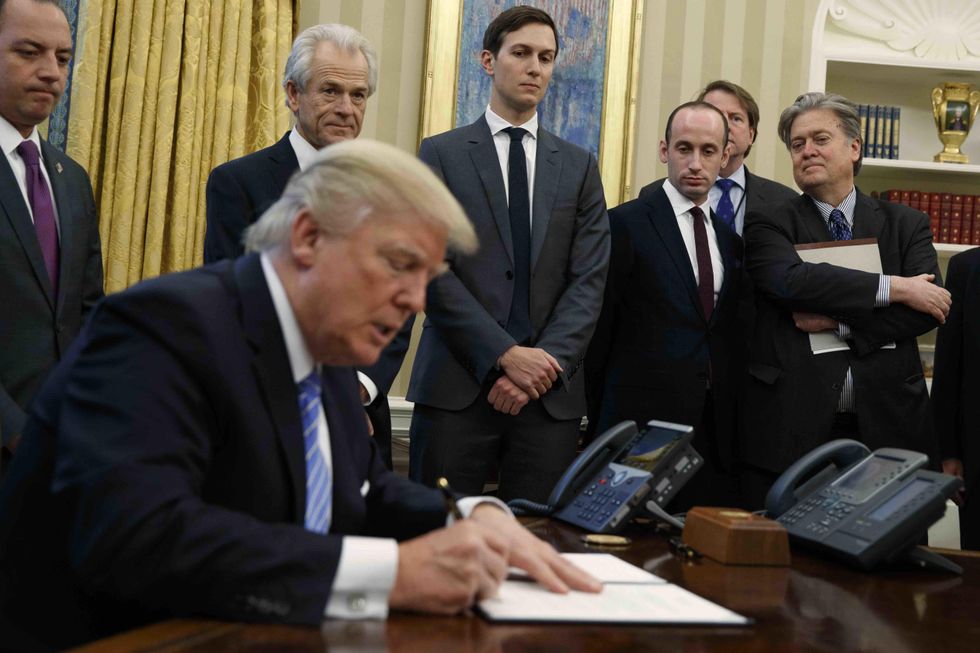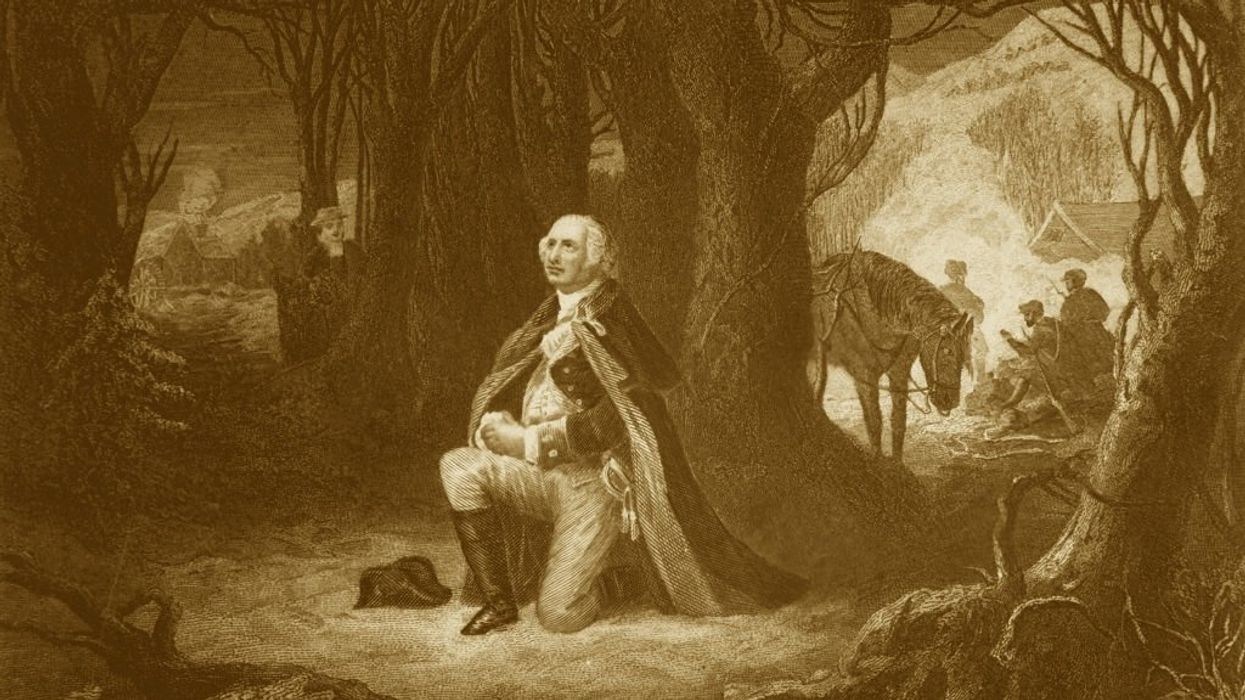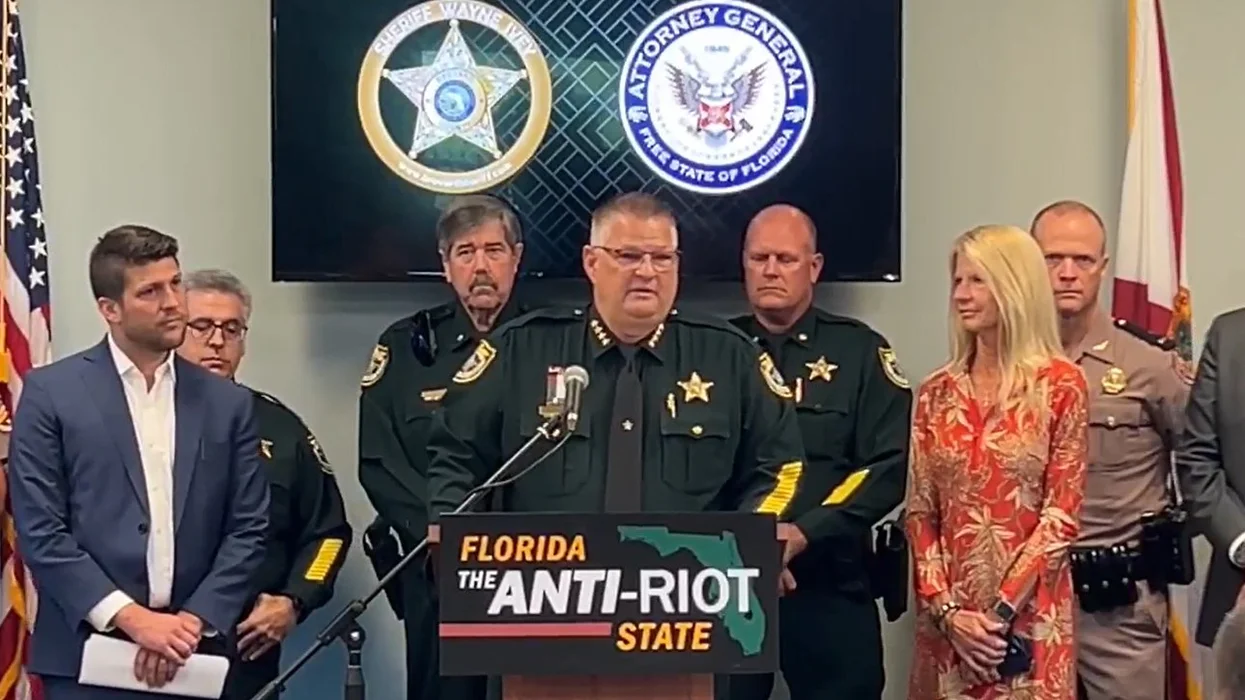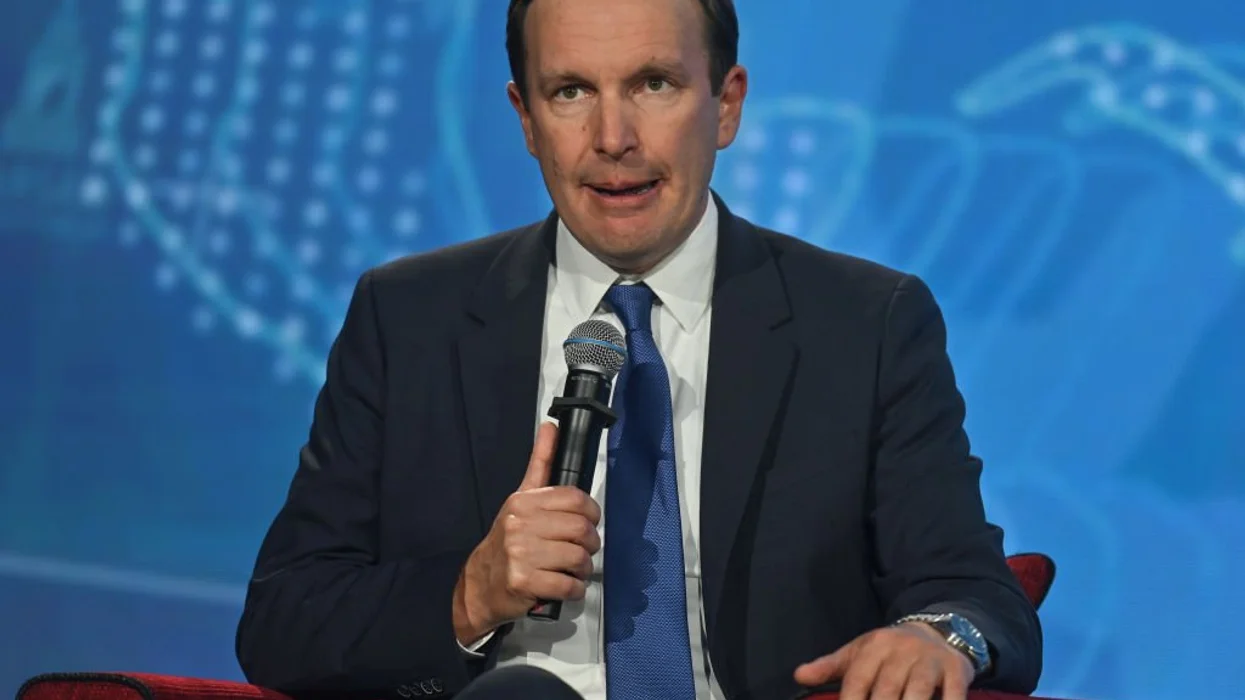President Donald Trump signed three executive orders Monday, one of which imposes a hiring freeze on federal government workers, except for members of the military.
White House Chief of Staff Reince Priebus and Vice President Mike Pence stood on either side of Trump as the declarations were signed shortly before noon from the Oval Office. The White House has not yet released the text of any of the executive orders, but Priebus noted as he handed the second document to Trump that it would impose "a federal government employee hiring freeze."
The president then pointed out that the order would apply to every federal government employee, "except for the military."
The executive order likely excepts the thousands of appointees Trump has yet to make to replace Obama administration employees. Trump last week asked roughly 50 Obama-appointed national security staff to remain on the job until their replacements are named.
Brett McGurk, who serves as special envoy to the global coalition against ISIS, is one of the dozens of national security staff sticking around — at least for now. According to the Hill, White House Press Secretary Sean Spicer told reporters Thursday that until Trump appoints his own national security staff, those who worked under former President Barack Obama will remain in place and "continue to advise [Trump] and make sure that the country remains safe and that our priorities will be carried out."
As of 2014, the most recent year for which data is publicly available, the federal government employed 4.1 million workers. The majority of those employees, 2.6 million, served as civilians in the Executive Branch while another 1.4 million served as "unformed military personnel." About 63,000 were employed as Legislative or Judicial Branch personnel, according to the Office of Personnel Management.
The move is in keeping with then-candidate Trump's "Contract with the American Voter," in which he vowed that on day one in office, he would impose "a hiring freeze on all federal employees to reduce the federal workforce through attrition (exempting military, public safety, and public health)."
The Daily Signal reported in November that Trump's hiring freeze order is likely to be similar to the freeze President Ronald Reagan imposed shortly after taking office in 1981. But the Government Accountability Office published a report the next year detailing how the freeze could have unintended consequences:
Any potential savings produced by these freezes would be partially or completely offset by increasing overtime, contracting with private firms, or using other than full-time permanent employees. Decreased debt and revenue collections also occurred as a result of hiring freezes. Government-wide hiring freezes bear no relationship to the workload that agencies are responsible for carrying out.
The GAO report added: "Improved workforce planning and use of the budget as a control on employment, rather than arbitrary across-the-board hiring freezes, is a more effective way to insure that the level of personnel resources is consistent with program requirements."
The New York Times reported at the time that Reagan's hiring freeze contributed to the elimination of about 500 federal government jobs each day, as workers who retired or quit were not replaced.
Reagan supporters, though, argued the hiring freeze was one of a series of actions Reagan took that contributed to the explosive economic growth throughout the course of his presidency. The unemployment rate when Reagan took office in January 1981 was 7.5 percent, according to USA Today. When Reagan left office, the unemployment rate was just 5.4 percent.
The Times reported that Reagan said federal workforce cuts would also help balance the federal budget. The national debt when Reagan took office was around $1 trillion, according to the Washington Post. The national debt at the end of Reagan's presidency was $2.9 trillion.






